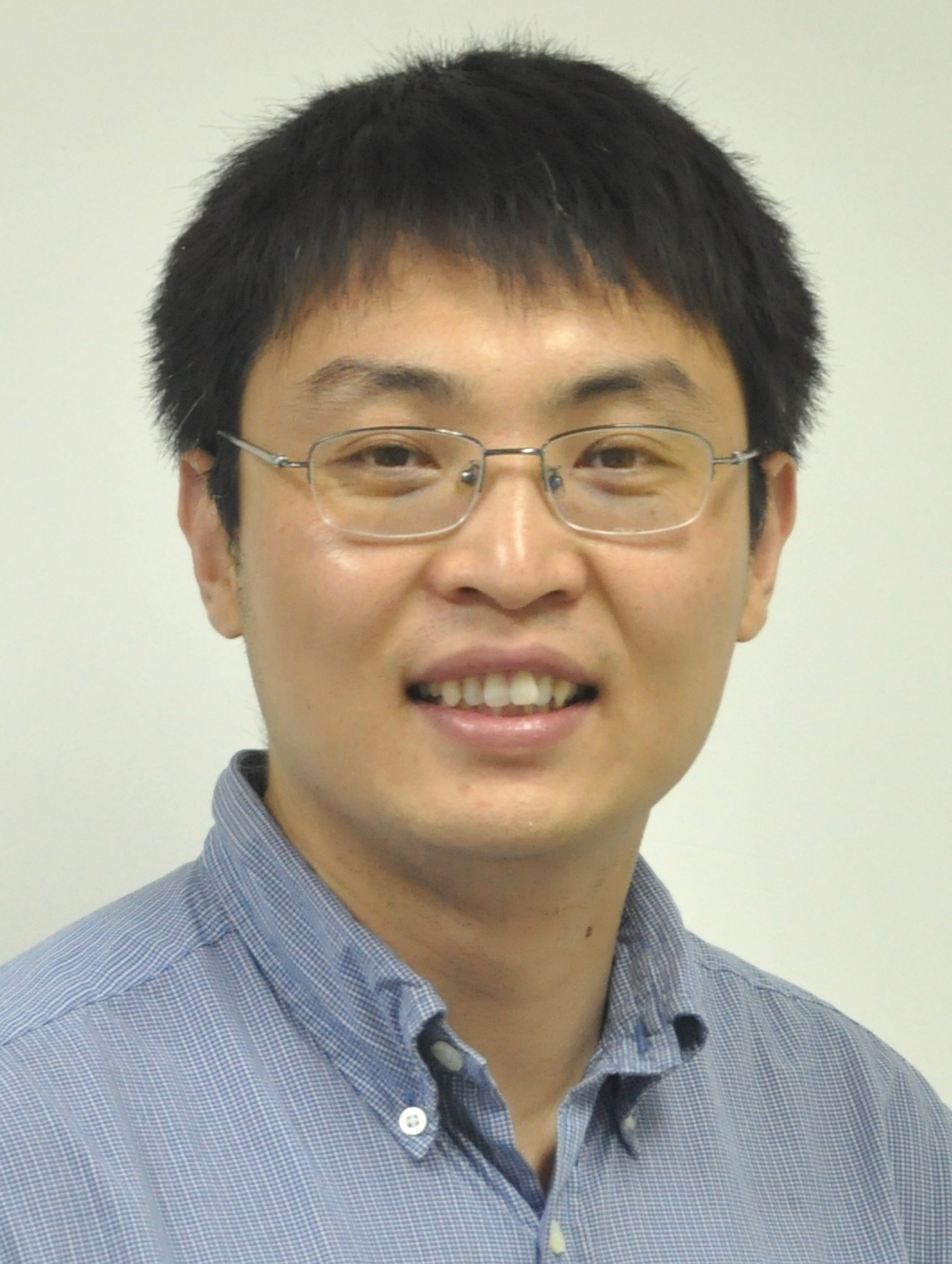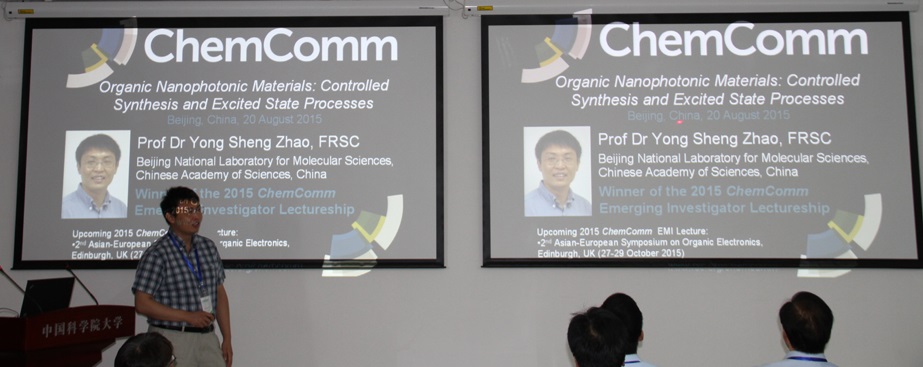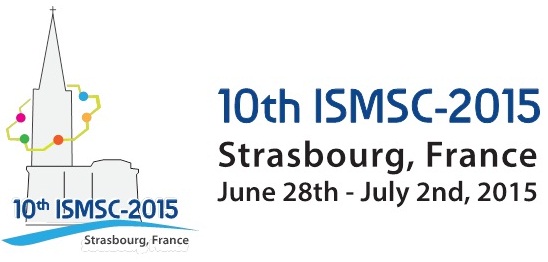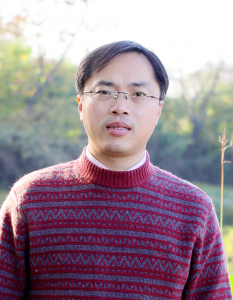Royal Society Publishing has recently published a special issue of Philosophical Transactions A entitled “Fullerenes: past, present and future, celebrating the 30th anniversary of Buckminsterfullerene“.
The discovery of C60 and the subsequent evolution of fullerene physics and chemistry can be seen as the culmination of a series of parallel research strands pursued by Harry Kroto through numerous collaborations with colleagues and co-workers.
This themed issue originates from the 2-day symposium held on 15–16 July 2015, organized by the Royal Society of Chemistry (RSC) and the Royal Society. The majority of the reviews and reports of original research were provided by scientists who gave presentations at the July 2015 meeting and the other contributions were produced by friends and co-workers of Harry.
This issue is free to access until the end of September:
Introduction:
Fullerenes: past, present and future, celebrating the 30th anniversary of Buckminsterfullerene
Anthony J. Stace, Paul O’Brien
Dedication:
Professor Sir Harry Kroto (1939–2016)
Dave Garner
Articles:
– Pathway to the identification of C60+ in diffuse interstellar clouds
John P. Maier, Ewen K. Campbell
– Fullerene ion chemistry: a journey of discovery and achievement
Diethard K. Böhme
– Super-atom molecular orbital excited states of fullerenes
J. Olof Johansson, Elvira Bohl, Eleanor E. B. Campbell
– Another big discovery—metallofullerenes
Hisanori Shinohara
– Fullerene and nanotube growth: new insights using first principles and molecular dynamics
Rodolfo Cruz-Silva, Takumi Araki, Takuya Hayashi, Humberto Terrones, Mauricio Terrones, Morinobu Endo
– Unconventional high-Tc superconductivity in fullerides
Yasuhiro Takabayashi, Kosmas Prassides
– The influence hydrogen atom addition has on charge switching during motion of the metal atom in endohedral Ca@C60H4 isomers
G. Raggi, E. Besley, A. J. Stace
– Ab initio infrared vibrational modes for neutral and charged small fullerenes (C20, C24, C26, C28, C30 and C60)
Jean-Joseph Adjizian, Alexis Vlandas, Jeremy Rio, Jean-Christophe Charlier, Chris P. Ewels
– The Stone–Wales transformation: from fullerenes to graphite, from radiation damage to heat capacity
M. I. Heggie, G. L. Haffenden, C. D. Latham, T. Trevethan
– Two-dimensional inorganic analogues of graphene: transition metal dichalcogenides
Manoj K. Jana, C. N. R. Rao
We hope you enjoy reading this collection.


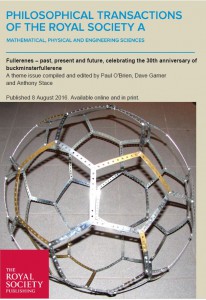









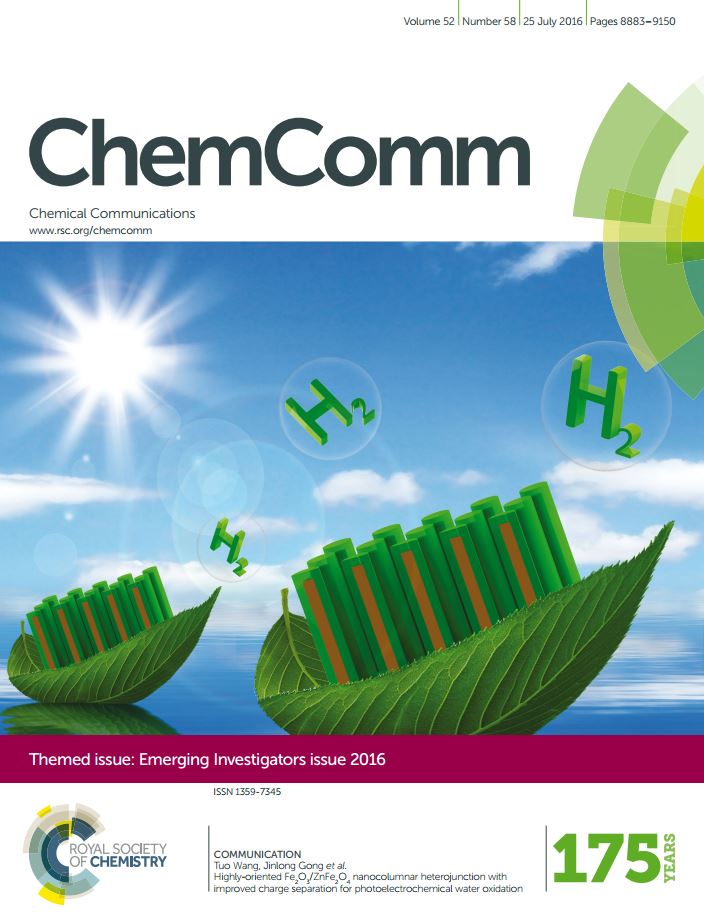
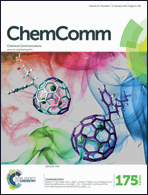
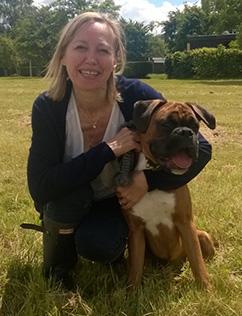




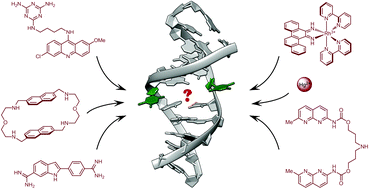
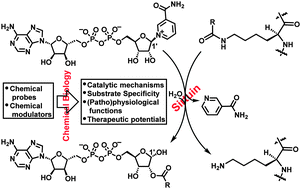
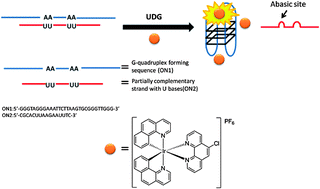
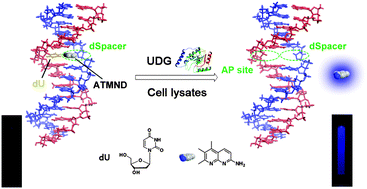
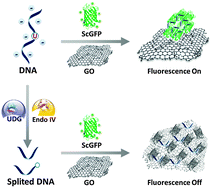

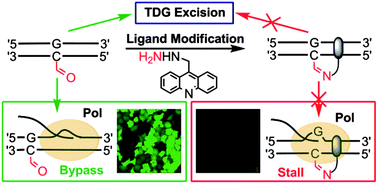
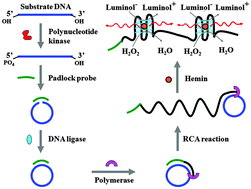

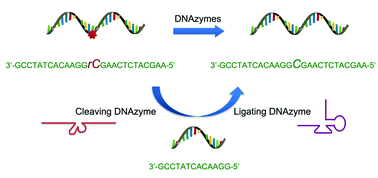
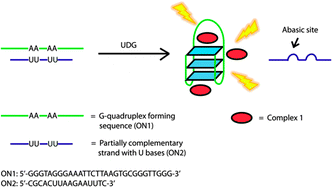
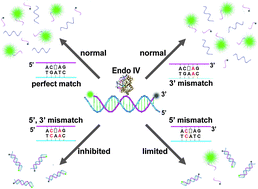
 Also of interest:
Also of interest: